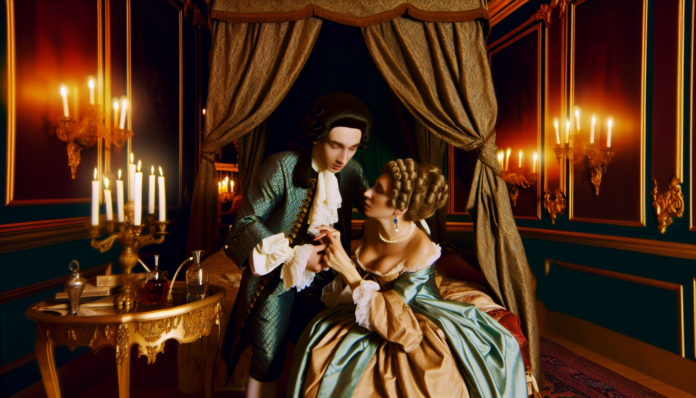Introduction
When it comes to the British Royal Family, few names evoke intrigue quite like that of Prince Charles and his former lover, Camilla Parker Bowles. Their romance, at once passionate and scandalous, became a focal point during the tumultuous years leading up to Charles’s eventual ascension to the throne. Set against a backdrop of societal expectations and changing moral standards, this modern scandal illustrates the contradictions between tradition and personal desires, reflecting broader shifts in British culture.
The Setting: A Changing Society
The late 20th century was a time of rapid societal change in Britain. The 1980s, marked by a rise in liberal attitudes towards love and relationships, coexisted with the rigid expectations placed on the royal family. The public’s fascination with the royals was paralleled by a growing appetite for gossip and exposure, laying the groundwork for the sensationalism that would ensue.
The Scandal
The saga of Charles and Camilla truly came into the public eye in 1993 when an intimate phone call—dubbed “Camillagate” or “Tampongate”—between the pair was leaked to the press. In a candid moment, Prince Charles famously expressed a desire to be “reincarnated” as Camilla’s tampon. This shocking revelation sent ripples through the nation and abroad, capturing the interest of tabloids and the general public.
Key Events:
- Leaked Phone Call: The scandal began when a transcript of their conversation was published by the press, exposing their flirtatious exchanges.
- Media Frenzy: The British tabloids went into a feeding frenzy, with sensational headlines and editorials speculating on the nature of their relationship.
- Public Reactions: Attitudes were mixed—some found the phone call romantic and amusing, while many others deemed it utterly inappropriate for a future king.
Quotes and Sources
In the immediate aftermath, journalist Richard Kay noted, “It’s the ultimate scandal that showcases the royal family’s inability to conform to the expectations of the age.” This sentiment echoed throughout media coverage as the story unfolded.
Moral and Cultural Analysis
The public’s reaction to the scandal was complicated. While many were scandalized, others found intrigue in the royal’s vulnerability and humanity. The traditional image of royalty was being challenged by a very modern affair.
Societal Reactions:
- Media Saturation: The ongoing coverage highlighted Britain’s fascination with the royals, with newspapers like The Sun capitalizing on the story.
- Dichotomy of Public Opinion: Some saw the couple’s relationship as a hard-hitting narrative of authenticity versus royal duty, leading to sympathetic views of their plight, while others expressed outrage at what they perceived as a breach of decorum.
Consequences for Involved Parties:
- Fallout for Charles: His public image suffered, causing tension within the royal family, particularly concerning his marriage to Princess Diana.
- Changing Relationships: The scandal ultimately contributed to the unraveling of Charles and Diana’s marriage, leading to a highly publicized divorce.
Modern Perspectives
Fast forward to today, and the Prince Charles-Camilla saga has evolved in public perception. In an age of social media and relentless 24-hour news cycles, today’s scandals often face a different kind of scrutiny. Had “Tampongate” emerged in today’s climate, it might be met with overwhelming public attention but also a potential tone of empathy, reflecting the ongoing shift towards more nuanced views on relationships and infidelity.
In this context, modern audiences may be less inclined to simply judge harshly, potentially viewing the scandal through a lens of mutual understanding, as public perceptions of fidelity and marital norms have notably shifted. The debate around privacy and personal life continues to be relevant today, highlighting a complex relationship between public figures and their private choices.

